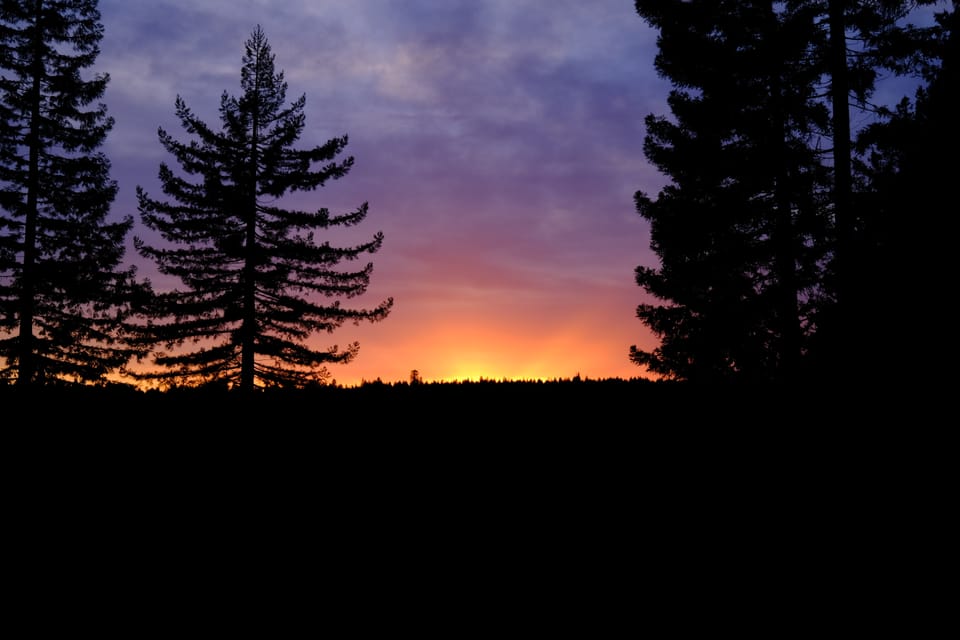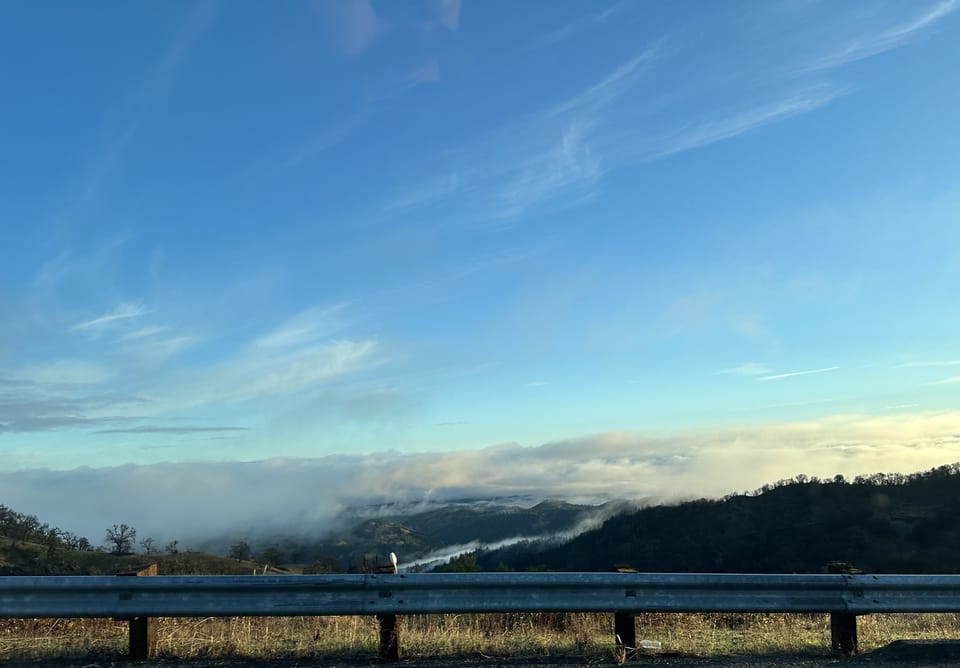Weather and Climate Office Hours Notes 7/24/23
These are my (very) rough notes from Daniel Swain’s office hours on Monday, July 24, 2023. Don’t quote me on these, and if something doesn’t make sense, please see the video for more detail/clarification.
This office hours session was a bit different than the usual ones because he did an “ask me anything” (AMA) session. Just a heads up.
I’m going to flag anything I may have gotten wrong with (❓). This means I may have heard wrong, misunderstood, or was just my interpretation.
Video and audio quality were much better 🤞
Questions focused on ~recent events (heat waves, marine heat waves, wildfires in Canada, etc.)
Before July, much of California running cooler than average compared to rest of world. Fire season slower start this year, likely still peak later in the season which is typical
How is El Niño developing in western pacific?
Changes in eastern pacific primarily impact El Niño and La Niña
Coast along eastern pacific super warm, 10-12 degrees F above average
upwelling on this coast often keeps things cool, so to have water temps this high is quite notable
Atmosphere is heating the ocean some, but primarily what’s happening is the upwelling gets attenuated, sort of remove cool water source
What matters most in how El Niño impacts hydro climate is the spatial pattern of anomalous ocean temps, not absolute magnitude but how different patches vary (❓).
We have record breaking warmth in the tropics but also in some places that should be cooler at this time
Human caused climate change is primary contributor to these higher temps, El Niño contributing now as well, wouldn’t be near where we are without human impact
Why are some patches in the ocean so warm right now (❓)?
Three regions to note: off coast of western U.S. (immediate coast is cool but way off the coast it’s much warmer), North Atlantic Ocean (shift to west, so east coast of North America), Mediterranean Sea
Persistent high pressure systems in these regions favor oceanic warmth, these inhibit storms (no mixing of ocean vertically), also have more sunlight than usual because no clouds
Work continues on why these are happening, could be something related to the jet stream favoring these persistent weather patterns (❓), if true, could add to weather extremes (❓)
What explains stark difference between inland and coastal temps in California?
This is fairly typical for this time of year
Marine layer contributes to early and mid season temps being cooler
In autumn heat waves, you often have offshore winds that blow hot air towards the beaches/coast, Great Basin cools off which contributes to this (❓)
Mention of light precip in socal yesterday
Associated with weak monsoonal surge, nothing significant, “novelty raindrops”, not much lightning
Could happen again in periods in the next week or so, low grade monsoon
Questions related to biogeochemistry
Might bring someone in some other time to answer these
Deoxygenation questions
Overnight humidity recovery (❓)
Nature published an article/study about night time fire activity because of trends to lower humidity recovery
This whole section is a (❓), sorry I missed a lot of it
Whether lower ocean temps get colder during El Niño events?
In places where El Niño inhibits upwelling, it would result eventually at some depth level some relative cooling, El Niño releases heat from ocean to atmosphere, La Niña accumulates heat in the ocean
In a limited/localized sense yes, but not long term
Do scientists have a sense of whether any bigger or broader climate patterns are influencing recent heat waves?
Yes and no. Global warming is primary contributor, El Niño is a contributor.
Specific regions being hotter than others is interesting question, not always obvious what’s happening. See previous discussion about studies on persistent high pressure systems, probably doesn’t explain things in other times of year but might partially explain what’s happening in summer (❓)
Natural climate patterns beyond El Niño could be contributing but hard to say right now, hunga tonga eruption could possibly contribute in some places but can’t say for sure
To put in order of magnitude: climate change, El Niño, indirect influence from hunga tonga eruption, randomness/other stuff (❓)
The implications of Antarctic sea ice decline?
Not typical wheelhouse
Antarctic sea ice was increasing up to ~5 years ago
Arctic sea ice decreasing
South Pole is huge chunk of ice, North Pole is centered in frozen ocean that’s not as cold anymore
Why is arctic warming faster than other places?
With the ice melting, reflecting less sun, more water which absorbs more sunlight (❓)
Vertical temperature structure
Southern hemisphere has more ocean, not as much land in the way of jet streams. Atmospheric circulation is different between northern and southern hemispheres
When might we see wet bulb temperatures that are too dangerous for people to continue living in specific regions? (Last question of the session so you can skip to the end if you want to hear the answer)
High wet bulb temps are important because it’s a relevant variable for human’s ability to withstand heat
We sweat to cool ourselves off, we rely on this evaporation to cool us. When wet bulb temps are high enough, evaporation rates decrease. The higher wet bulb temperature the less we can cool ourselves via sweating
Theoretical max wet bulb temp where we can still overheat even if we have drinking water and in the shade, roughly 95 degrees F (this is wet bulb) was original theoretical amount. Recent info says it might be more like 90 degrees F
Recent misinformation around wet bulb globe temperature
This measures temp, humidity, wind speed, ambient radiation (❓)
This is a different metric, more conservative
These are still dangerous but not the same kind of threshold of 90-95 degree wet bulb temps
Some literature on when we might actually see 90-95 degree wet bulb temps, largely depends on climate change. Could we get there, yes, even on a more conservative/moderate warming trajectory we could still see some temps like this in some places
That’s it, will do another AMA sometime
Thank you for reading The Weather Feed. This post is public so feel free to share it.



